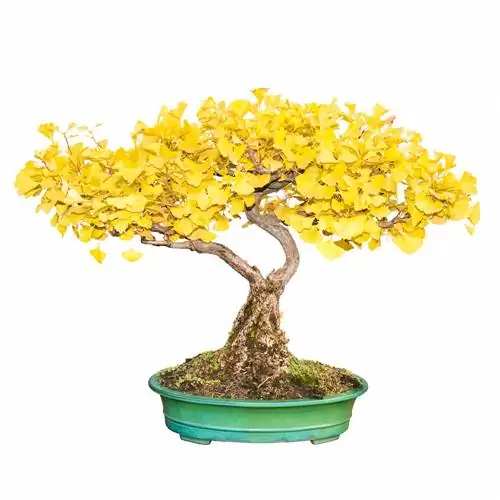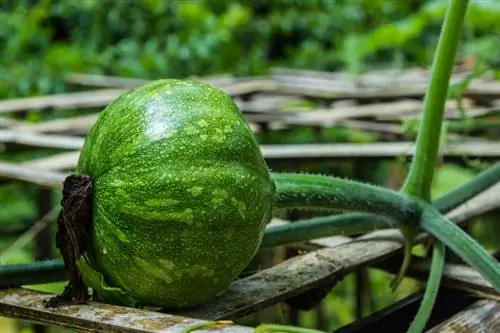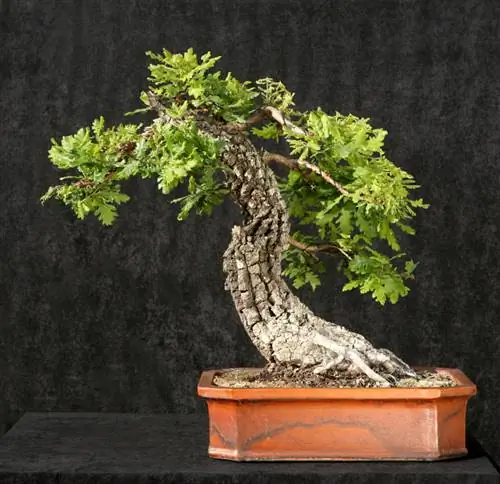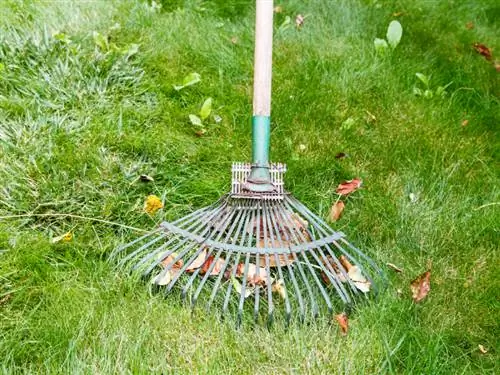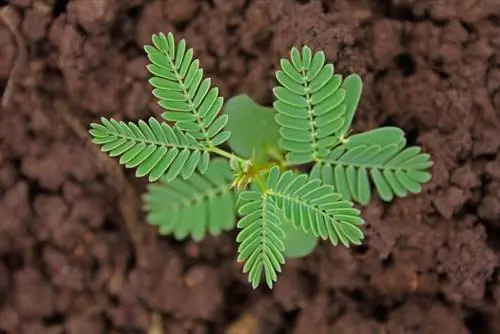- Author admin [email protected].
- Public 2023-12-16 16:46.
- Last modified 2025-01-23 11:21.
The Ginkgo is a very interesting tree, after all its origin dates back many millions of years. A single tree can live for several hundred years, even more than a thousand. The ginkgo grows slowly but steadily.
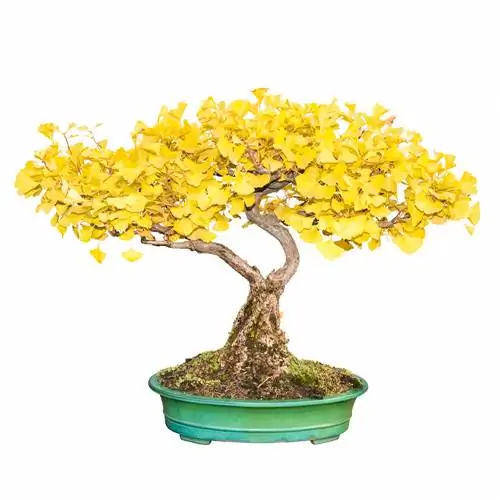
How do you properly care for a Ginkgo Bonsai?
A Ginkgo Bonsai requires careful wiring, regular cutting of new shoots down to 1-3 leaves, sufficient water supply, low-lime water, regular fertilization and repotting every 1-5 years. The bonsai is hardy, but the root ball needs protection from frostbite.
In China, the ginkgo can reach a size of more than 40 meters in its long life, but in this country it usually stays smaller in the garden. In autumn its leaves turn bright yellow. Due to its rather large leaves and mostly slender growth, it is not easy to grow as a bonsai. But it is possible, alternatively you can buy a young bonsai.
How do I grow a ginkgo as a bonsai?
You can grow a ginkgo yourself from a cutting as a bonsai. However, this requires a lot of patience and at least basic technical knowledge. It is easier to buy a young bonsai and first practice further care and proper cutting.
You should always be very careful when wiring, because the bark of the ginkgo is relatively soft, especially on the young shoots, and can be easily injured. In principle, wiring is possible all year round.
How should I prune my Ginkgo Bonsai?
Larger cuts on ginkgo heal poorly and are best closed with tree wax. Only cut new shoots when they have around five to six leaves. Leave one to three of them standing. The outer leaf faces outwards. Shorten the shoot above.
How should I care for a Ginkgo Bonsai?
The otherwise easy-care ginkgo is considered to be quite thirsty, so it needs a relatively large amount of water. However, since it can react sensitively to waterlogging, you should water it regularly, but not too much.
Fertilize your Ginkgo Bonsai approximately every two weeks. Start fertilizing in spring with the first shoots and continue until the foliage turns yellow in autumn. It is ideal to use a special bonsai fertilizer (€4.00 on Amazon).
The most important things in brief:
- Bonsai training possible
- various shapes conceivable
- wire carefully due to soft bark
- Short new growth down to 1 to 3 leaves
- poor wound healing
- avoid large cuts
- high water requirement
- use low-lime water
- Avoid waterlogging
- fertilize regularly from budding in spring until the leaves turn in autumn
- repot younger bonsai annually, in March or April
- Repot older bonsai approx. every 3 to 5 years
- easy root pruning when repotting
- not susceptible to disease or pests
- basically hardy
- Protect root balls from frostbite
Tip
A ginkgo can definitely be grown as a bonsai. However, for beginners it is recommended to buy a ready-made bonsai.

